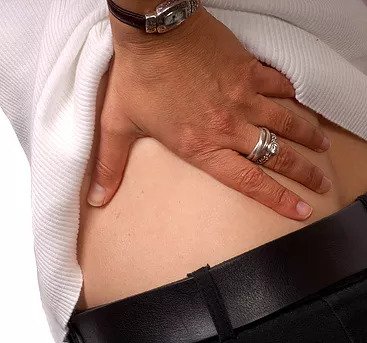
Symptoms
The symptoms experienced with lower back pain can be varied. Symptoms can include: Aching or sharp pain in the lower back that may radiate to the upper back or buttocks, pain down the legs (many people refer to this as sciatica as it is caused by irritation of the nerves, the largest of which being the sciatic nerve), pins and needles, burning or numbness in the back, gluteal area or legs, spasm of the muscles causing difficulty bending or straightening the back, difficulty changing position or walking and issues with bladder or bowel function.
Treatment
Managing the First 48 Hours
After a lower back injury you should always aim to see a trained health professional to diagnose which structures are involved and provide expert treatment and advice. In between treatments you can do a lot to help to reduce your symptoms and speed recovery.
- Use analgesics, anti-inflammatory drugs or muscle relaxants to reduce inflammation and restore proper function. These may be taken orally (tablets) or topically (a rub or cream for your skin). Your pharmacist or GP can provide advice on the most suitable medication for you.
- Use a heat or ice pack over the tender spot/s several times a day for up to 20minutes may alleviate muscle spasm and pain.
- Rest from aggravating activities but do not rest completely. Gentle movement is good for healing.
- At night or during rest, try lying on one side with a pillow between your knees. Alternative positions are resting on your back with a pillow under your knees or on your stomach with a pillow under your hips.
Exercise
Exercise is the most effective way to speed recovery from lower back pain as well as helping to strengthen the back and abdominal muscles. Before commencing any exercises you should speak to you Doctor or Physiotherapist for guidance.
Exercises should be done gently and shouldn’t cause prolonged aggravation of your symptoms.
